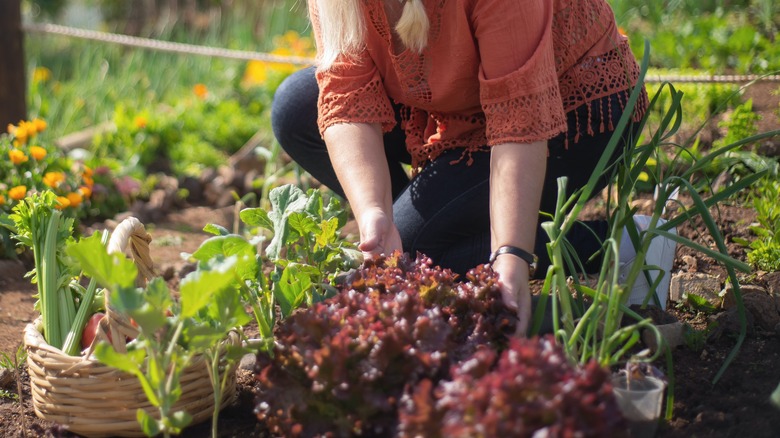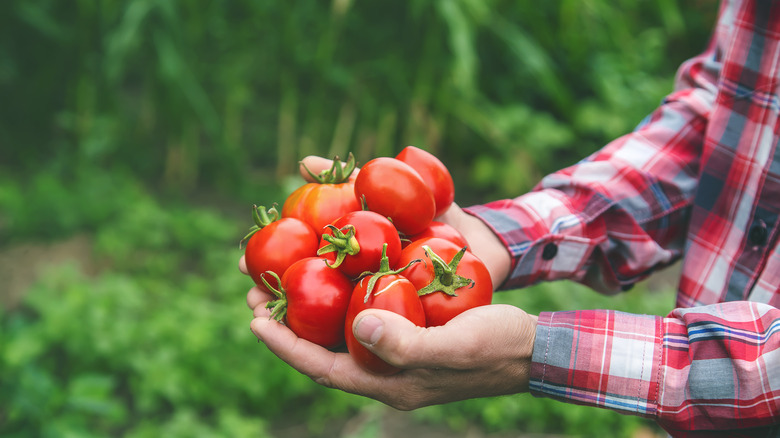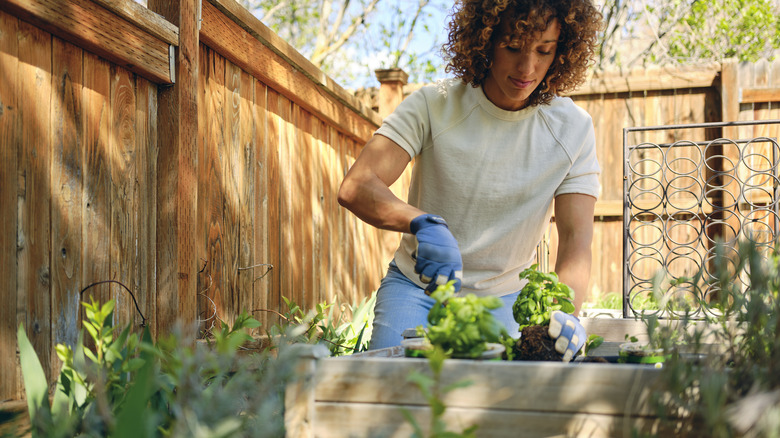Why You Shouldn't Wait To Pick Ripened Produce From Your Garden
There is often a temptation to wait for produce to reach their maximum size before picking them. However, delaying the harvest of ripe produce can have significant consequences for plants and the quality of the fruit and vegetables they produce. While allowing crops to grow larger may seem logical, this approach can backfire. For instance, leaving a green bean or squash on the vine in pursuit of a larger size can yield tough or bitter produce. The flavors and textures that make these crops enjoyable are at their peak when you harvest appropriately.
The consequences of delayed harvesting extend beyond the immediate crop. By leaving ripe produce on the plants, the plant's energy is diverted from producing more. This can lead to a decreased yield and a missed opportunity to enjoy a bountiful harvest. Learning to identify when fruit and vegetables are ripe and harvesting them when they're ready encourages the continuous growth and development of the plants and maintains the flavor, texture, and nutritional value of your harvest.
Enjoy the fruits of your labor
One of the primary benefits of timely harvesting is that it signals to the plant that its reproductive cycle is complete. This triggers the plant to direct its energy toward producing new flowers and fruit, promoting ongoing growth and the potential for additional harvests throughout the season. Fruits and vegetables are also at their peak taste and tenderness and tend to stay fresh longer when harvested at the right time. For instance, tomatoes picked when perfectly ripe will have a vibrant flavor and juicy texture that can elevate any dish. On the other hand, leaving it on the vine for too long can result in a bland taste and a mealy texture.
Additionally, regular harvesting prevents potential spoilage. As fruit and vegetables mature beyond their peak, they become more susceptible to rotting or being damaged by pests and diseases. It also allows you to gather smaller, manageable quantities throughout the season. This ensures that nothing goes to waste and enables you to share the abundance with others.
Try succession planting
Succession planting is a technique that allows gardeners to extend their harvest season and enjoy a continuous supply of fresh produce. It typically involves planting the same crop in multiple stages, so as one crop reaches maturity and is harvested, another is ready to take its place. For example, instead of planting a dozen lettuce plants simultaneously, you initially sow a few seeds or plants. As these plants mature and are harvested, other seeds or seedlings are planted to replace them.
Companion planting can further optimize the use of space and improve the overall success of your garden. For example, you could pair fast-maturing radishes with slower-growing broccoli. As the radishes are harvested, there will be ample space available for the broccoli to continue growing and fill the gap.
Several factors contribute to effective succession planting. First, it requires ample garden space to accommodate multiple plantings of the same crop in different stages of growth. Additionally, a long enough growing season is necessary to allow each successive planting to reach maturity before the end of the season. It is also crucial to understand the specific crop's growth requirements, such as days to maturity and optimal planting times.


